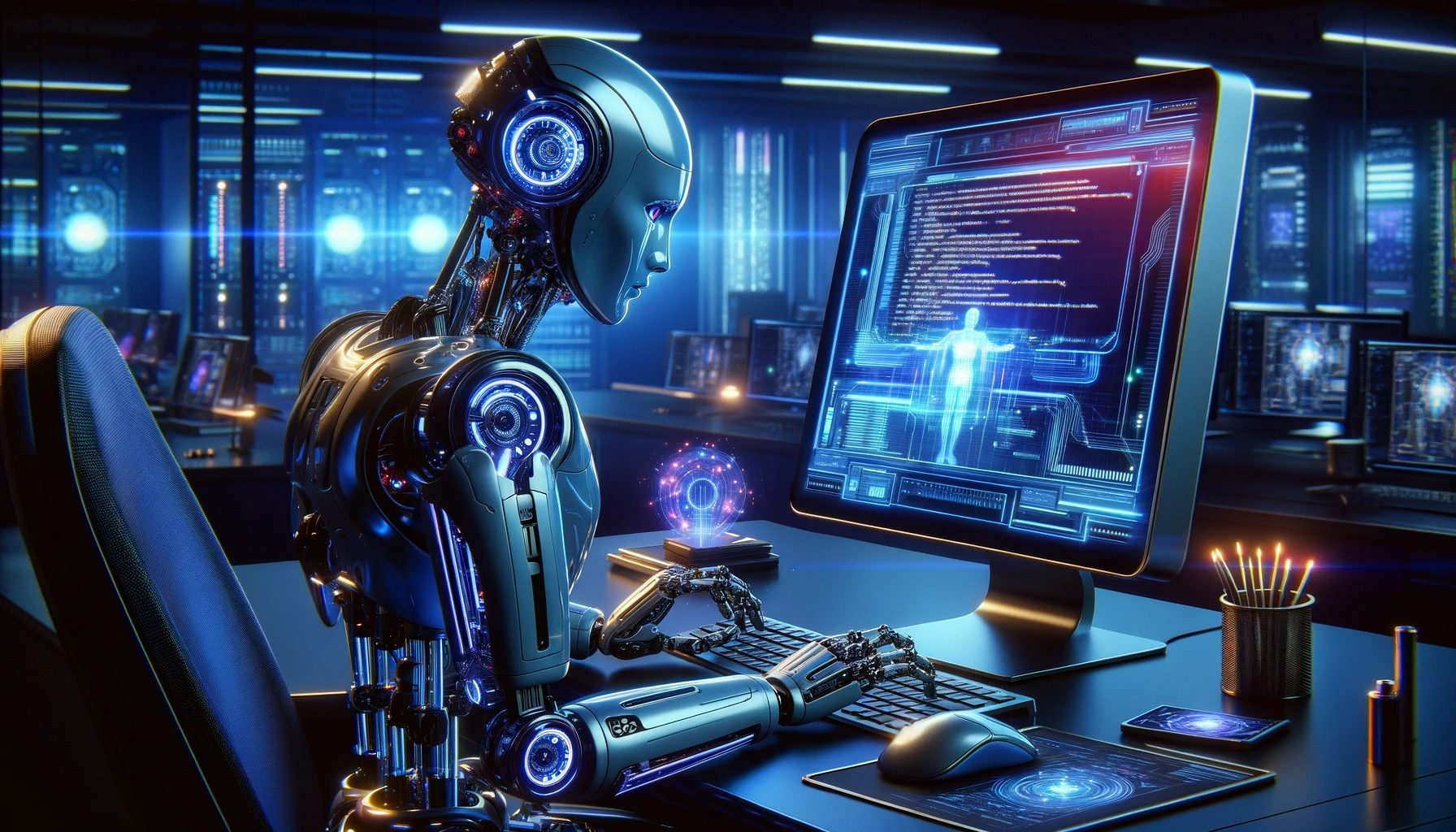7 RPA Trends for 2023
 AI Fanatic
AI Fanatic
Top 7 Automation Trends from UiPath
1. Automation becomes the enterprise's new way of operating and innovating:
Business leaders, including those in the C-suite, such as the CIO, CFO, and CEO, are prioritizing automation and investing in it to drive business transformation and value. They are strategically using automation and integrating it into the heart of every initiative. By doing so, they can create new digital-centered products and services, improve the customer and employee experience, and increase value and revenue. Other businesses are expected to follow their lead.
2. Businesses ramp up automation to counteract growing labor and inflation pressure:
Businesses are using automation to address financial challenges such as labor shortages and high inflation. Automation can increase the productivity of existing workers, create a more attractive work environment, and improve processes to do more with the same resources. These strategies can help businesses overcome the economic challenges they face due to a tight labor market and high inflation rates.
3. Digital CIOs step up their role—and step up automation to meet new goals:
CIOs use automation as a critical tool to improve business success and drive revenue. They are developing strategies and infrastructure using advanced technologies such as cybersecurity, cloud, data, and AI to streamline workflows, improve costs, and introduce new business opportunities. Automation offers its benefits and enhances the help of other tools in its ecosystem. By using automation, CIOs can achieve faster and more comprehensive transformation.
4. Process mining and automated testing become "must-haves" in driving best-in-class, enterprise-wide automation:
Automation can improve processes by identifying bottlenecks, inefficiencies, and opportunities for improvement through automated discovery tools like process mining and task mining. These tools apply advanced AI to system logs and work patterns to identify areas for improvement. Automated testing can also ensure that automation and apps perform reliably, improving their quality, stability, resilience, and performance. Businesses can accelerate and proliferate automation by using these capabilities, increasing their overall impact and value.
5. Low-code becomes a top priority for getting automation and AI into more people's hands:
Automation platforms now offer low-code or no-code capabilities, which allow users to work with simple, visual interfaces rather than complex programming. This makes it easier for users of all levels to create automation, data models, and apps. Low-code tools enable business users to use their expertise to train AI models to solve specific challenges. They also allow IT departments to create custom apps more quickly without requiring manual coding. These tools can help businesses make the most of their technology and meet the rising demand for automation and AI.
6. New AI-powered innovations push automation's boundaries even further:
AI and automation can unlock new capabilities and tools, such as process mining, automated testing, low-code app creation, and advanced communications mining. Communications mining can extract unstructured data from messages and transform it into usable data to train NLP models. These models can then automate routing emails and handling common customer requests. AI-powered improvements in NLP also enable intelligent document processing, allowing robots to "read" and understand various documents in different formats. These capabilities can help businesses automate manual processes and gather insights.
7. Rounding out digital skills becomes the next hot issue for HR and IT leadership:
As automation changes the nature of work, businesses will need to adapt to new roles, expertise, and a new mindset. This will require changes to the culture and makeup of the organization, as well as the technology and processes. New ones will replace senior roles, and every team member will need new digital skills. HR and IT need to work together to hire, train, and upskill these new workers, focusing on delivering value from automation efforts rather than transactional and repetitive tasks.
Subscribe to my newsletter
Read articles from AI Fanatic directly inside your inbox. Subscribe to the newsletter, and don't miss out.
Written by

AI Fanatic
AI Fanatic
💻 I am a highly motivated and results-driven 𝐒𝐨𝐥𝐮𝐭𝐢𝐨𝐧 𝐀𝐫𝐜𝐡𝐢𝐭𝐞𝐜𝐭 with over 10+ years of IT experience developing and delivering high-quality software and automation solutions. I specialize in RPA & .Net development using C#, VB, and Python technologies. I am a problem solver passionate about creating and architecting innovative, elegant, scalable, and maintainable code and automation solutions. 📈 I have a proven track record of delivering projects on time and within budget while adhering to the industry's best practices. I am an excellent communicator and team player who can work effectively with cross-functional teams. I am always eager to learn new technologies and stay current with industry trends. 👨🏻🚀 In my current role as a 𝐒𝐨𝐥𝐮𝐭𝐢𝐨𝐧 𝐀𝐫𝐜𝐡𝐢𝐭𝐞𝐜𝐭 at AshlingPartners, I have been responsible for leading and providing solutions for the development teams for several high-profile projects, resulting in increased efficiency and cost savings for the company. I have mentored junior engineers and contributed to developing the company's technical roadmap.